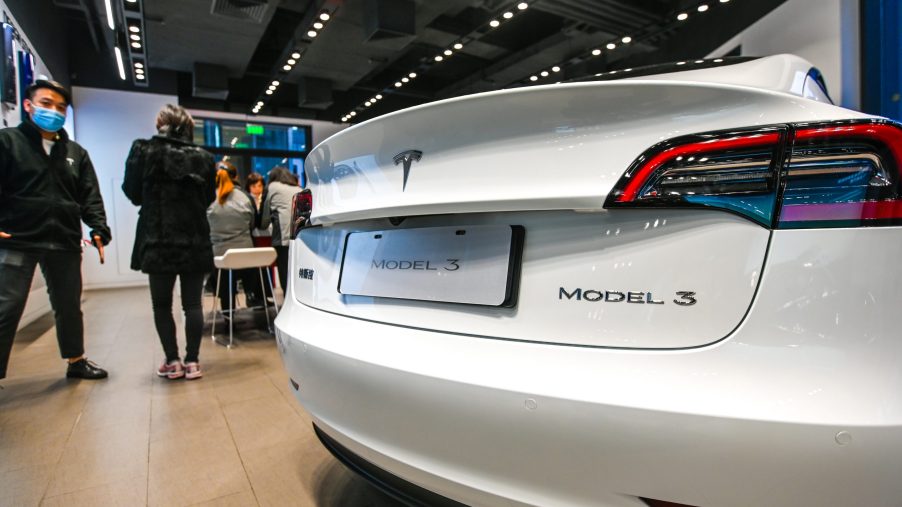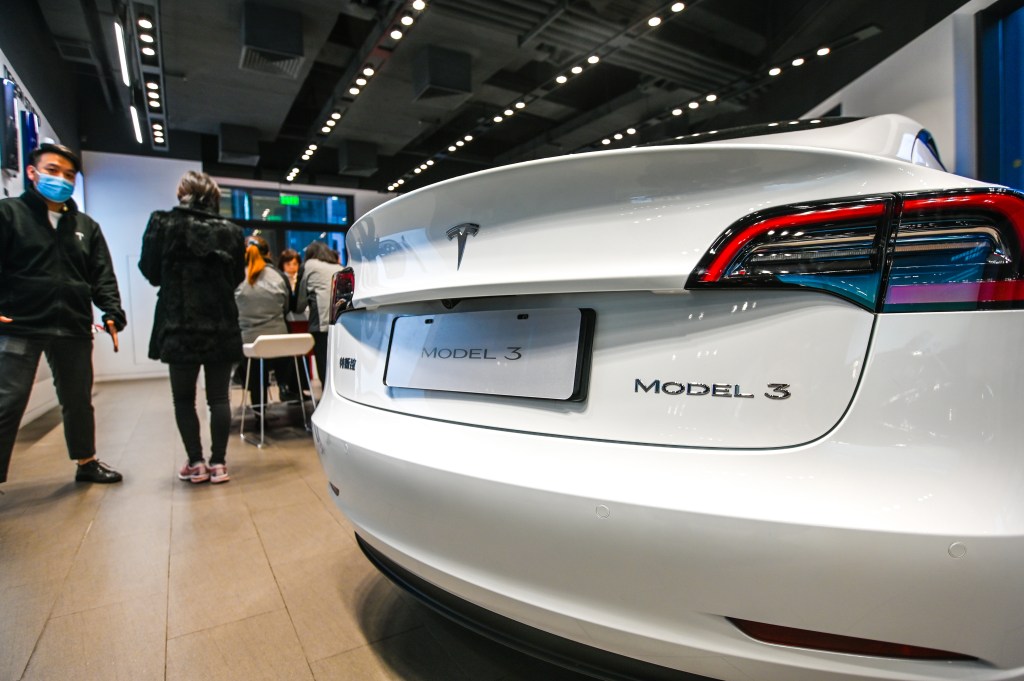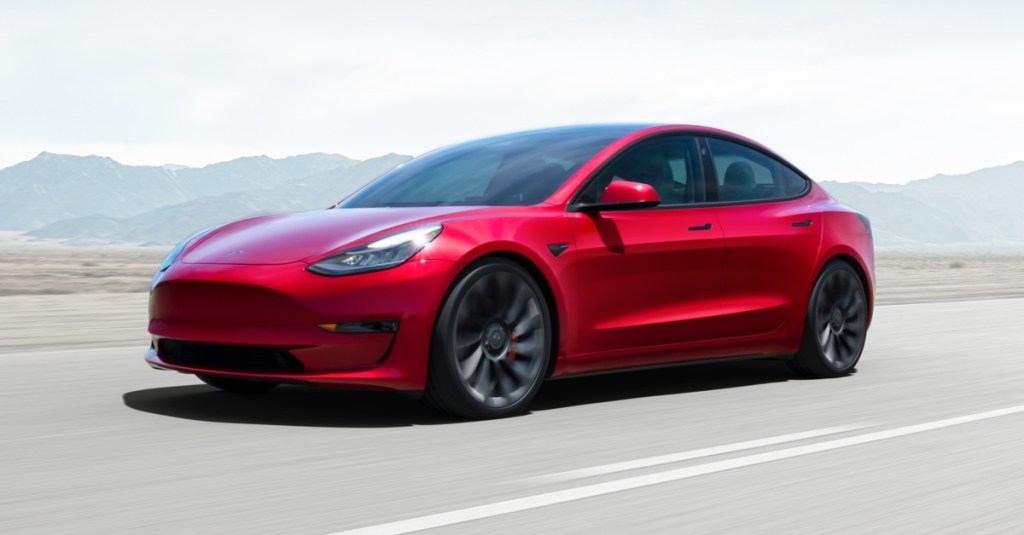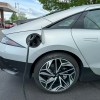
Eek! Are Tesla Cars Really Attracting Rats and Rodents with Soy-Based Wiring?
New reports have shown what could be any car owner’s nightmare: some Tesla models are reportedly attracting rodents and rats. If that isn’t icky enough, there is some sound reasoning behind what could be causing this problem, leaving some Tesla owners a bit finicky when it comes time to get into their vehicles. The reports supposedly began with one woman’s report of a rat falling out of her Tesla glove compartment, and since then, many owners have also reportedly come forward with similar issues — and it might not be the first time we’ve heard about something similar.
Reports of rats leaves owners unsettled

The NY Post recently released a terrifying story that recounts the tale of a Tesla owner named Sarah Williams of Manhattan who daily drives her 2018 Model 3 into the Bronx — which means as a commuter vehicle, there was no issue with the vehicle being stored long term, so seemingly no reason for any rodents to find a home here. She became aware of the situation when bringing her vehicle into the dealership in mid-may when her air conditioning stopped working, only to discover that there was a rat in the glovebox.
The air conditioning issue may have occurred as a result of the resident rat chewing through several wires, which isn’t an unheard-of problem as rats, mice, and some other rodents have been known to chew electrical wires on occasion. But, with many others stepping up to share their similar stories and concerns, it appears that there is another prominent issue at hand, and Tesla isn’t the only manufacturer that has seen this problem.
This isn’t the first time we’ve found rodents to be attracted to soy-based electric wires

Wiring insulation within a vehicle is a critical element of the system’s electrical components, and while vehicles in the past have been known to use an insulation material based on oil-based products, many new manufacturers, including Tesla, have opted for a soy-based insulation product. This is the first time a product with soy-based wire insulation has arisen either, as there was a class-action lawsuit against Toyota regarding a similar situation in which rats were being attracted to the wire because of the product.
Why do manufacturers like Tesla continue to use soy-based wiring?
If soy-based wiring insulation has become such an issue for owners, why would manufacturers continue to use it? While there are more than a few cases of rats, rabbits, and mice getting into cars to enjoy the tasty treat that they seem to think soy-based electrical wires are, it isn’t as common as a problem as most people think — though there is no national statistics or average. This issue also isn’t exclusive to cars with soy-based wiring, as some rodents have been known to gnaw on older car wires as well, meaning it isn’t totally avoidable. However, manufacturers like Tesla weigh out the pros with this con and seem to think it is worth it to continue using the soy-based wiring.
Soy-based wiring replaced petroleum-based wiring for many modern-day manufacturers for several reasons. The simplest of which is that it is much cheaper to produce, meaning the manufacturers can spend less money on electrical wiring. Soy-based wiring is also better for the environment because it doesn’t require the refinement and processing of petroleum products.


